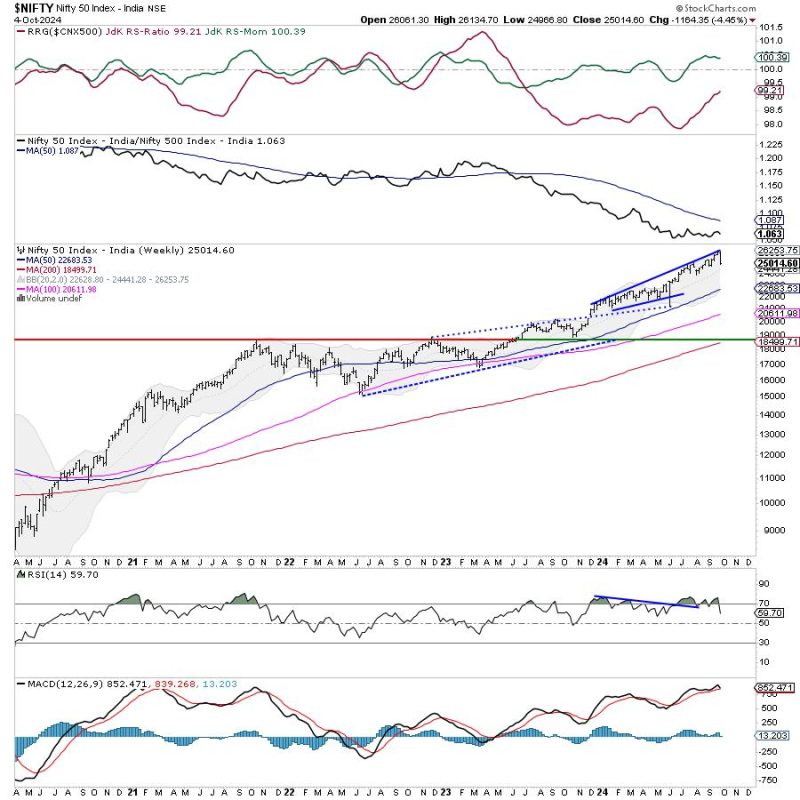Amidst the flood of reams of complex analytical data, financial pundits, and market mavens, sometimes we just need to examine the market horizon from a different perspective to gain a comprehensive view. This article will focus on the Nifty 50 from a specific angle, delineating its performance and providing useful insights.
Nifty 50 is the flagship index on the National Stock Exchange of India Ltd. (NSE). It consists of 50 of the largest and most actively traded stocks on the exchange, covering 13 sectors of the Indian economy. This article centers around moving past the daunting numerical data, market movements, and other financial figures to focus on some of the prevailing predictors of the Nifty’s overall performance.
One significant component is volatility. It is a direct measure of the fluctuations in the stock market, indicating the level of unpredictability or risk in equity market prices. The India VIX, a volatility index based on the NSE’s index option prices, has a strong negative correlation with Nifty 50 returns, meaning a surge in volatility often accompanies a plunge in Nifty.
On perusing the current India VIX chart, there are possible indications of a volatility spike, signaling looming uncertainty. It is akin to the warning signs of brewing turbulence before hitting rough seas. A sudden increase in the aversive index generally suggests a fall in the index due to rising investor anxiety. Henceforth, tracking this index can provide some insight into the possible direction of Nifty.
Further, the market also offers other indicators like the Nifty PCR (Put Call Ratio). The PCR guards an investor from potential unforeseen pitfalls or market rallies. There is a direct correlation between a rise in Nifty PCR and the rise in Nifty index prices. A rising PCR signals bullish market sentiments and vice versa. Hence, understanding and tracking PCR can act as a strategic guide while allotting portfolio investments.
However, forecasting market movements purely based on these indicators might not suffice. Multiple other factors, such as vested global interests, international economic health, fiscal and monetary policies, play pivotal roles in determining Nifty’s performance.
Let’s consider globally contributing factors to the Nifty index like crude oil prices and USD-INR due to their significant hold on the Indian economy. A rise in crude oil price tends to increase the import bill of India leading to the depreciation in rupees against dollars which, evidently affects the Nifty performance adversely. Thus, monitoring these indicators becomes essential to gauge the likely market movements.
Where we stand today, there’s a tension brewing between the rigid technical data and investors’ sentiment. It is a constant tug-of-war between bullish optimism and bearish pessimism, foreboding fear contrasted with the surging adrenaline rush of potential opportunities.
However, understanding these metrics will provide a different perspective for investors to meticulously evaluate market sentiments and selectively invest to optimize their portfolios. Maintaining a balanced view of these metrics and other economic indicators will aid in effectively navigating through the market’s waves.
